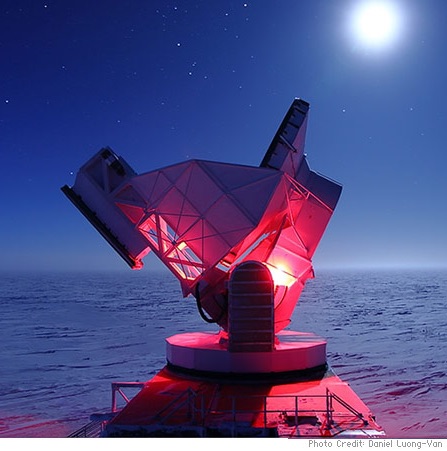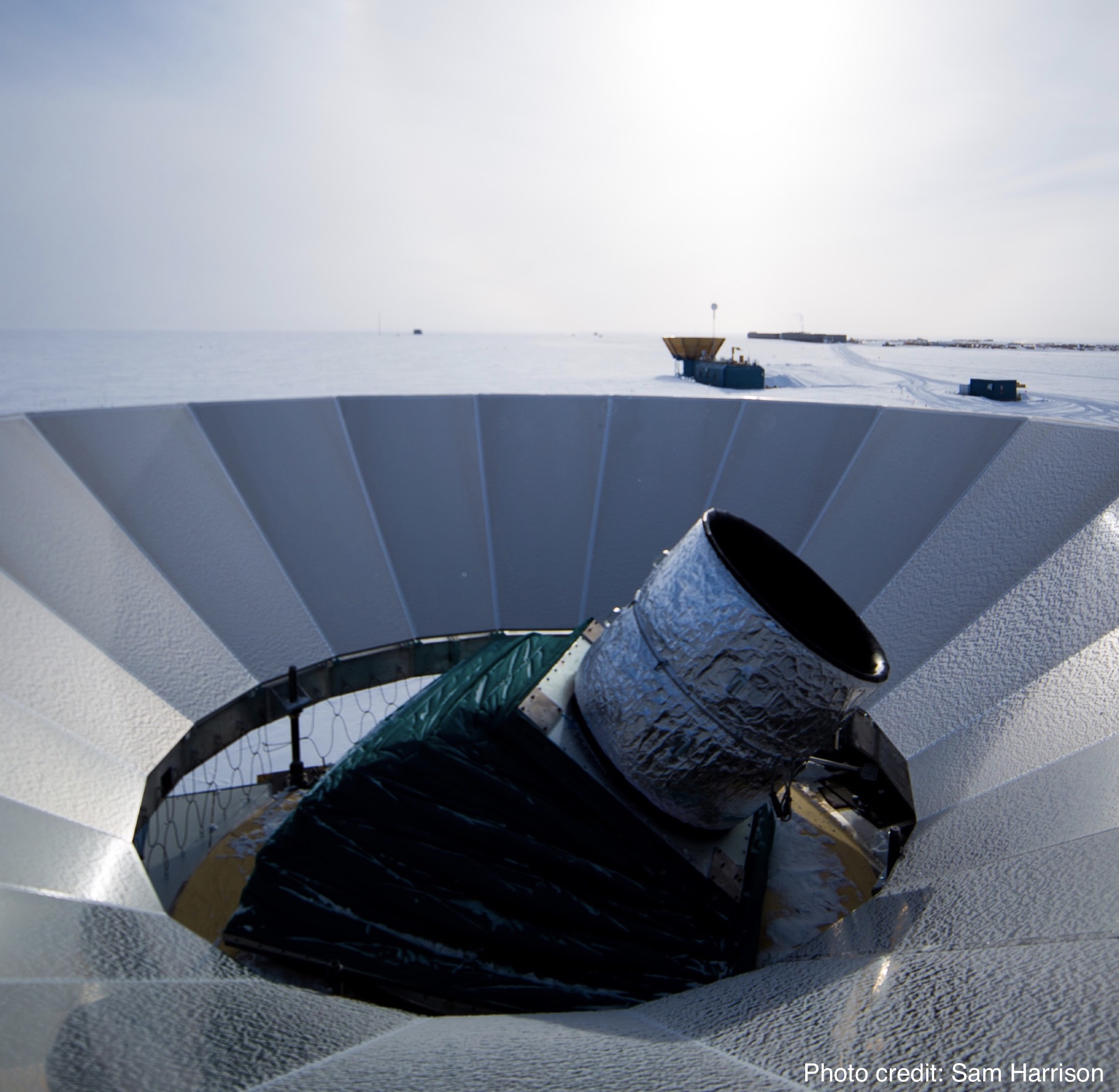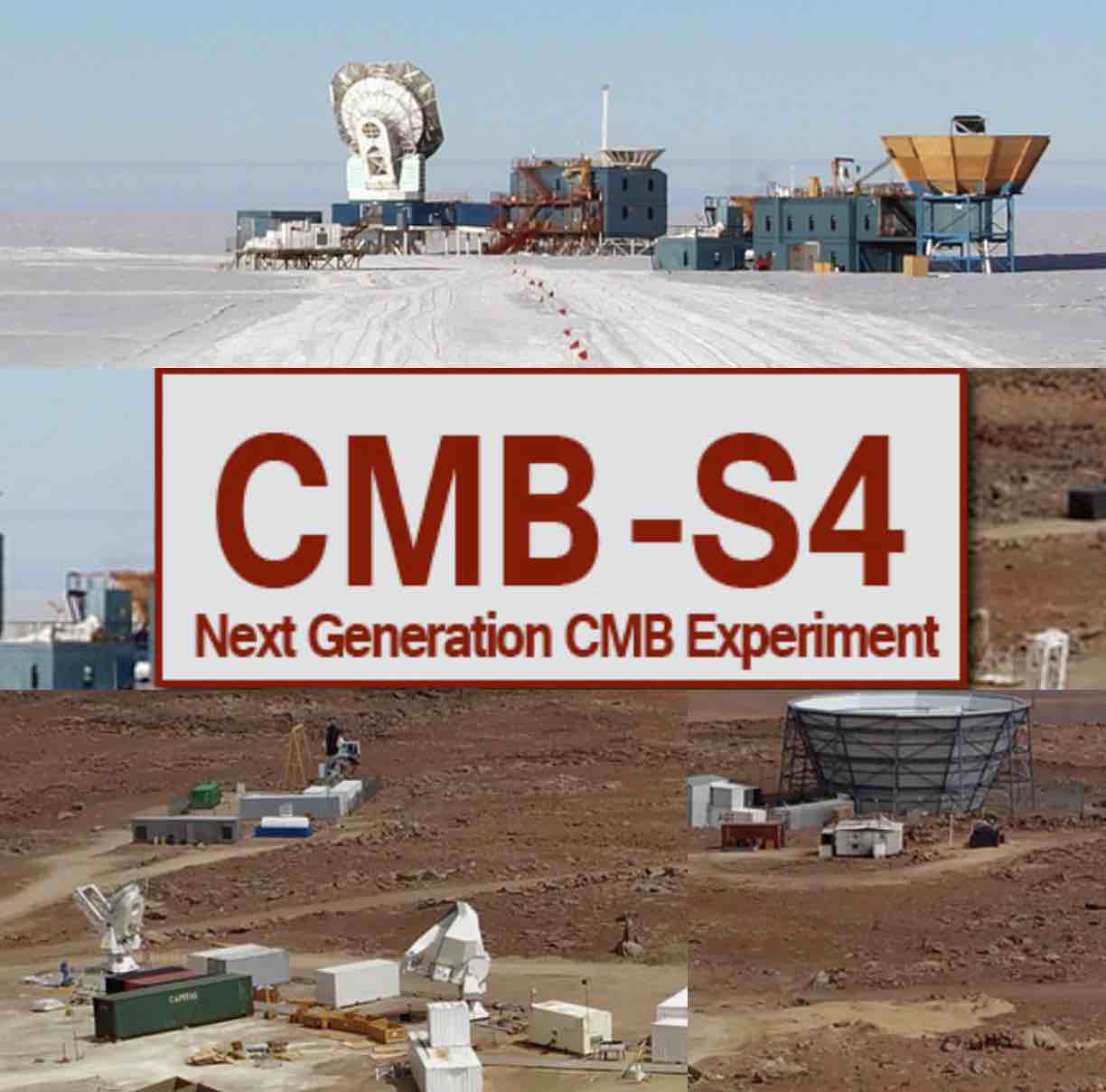Science
My research is focused on searching for new physics through precision measurements of the cosmic microwave background (CMB). In particular, I use cutting-edge CMB and optical/LIM survey data to address the following questions:
- What is the energy scale of inflation?
- Is our standard cosmological model LCDM complete?
- What was the epoch of reionization like?
If you are driven by learning what measurements say about our universe---its beginning and evolution, interested in optimal extraction of information (models and methods) with and/or without machine learning tools, this can be the group for you.
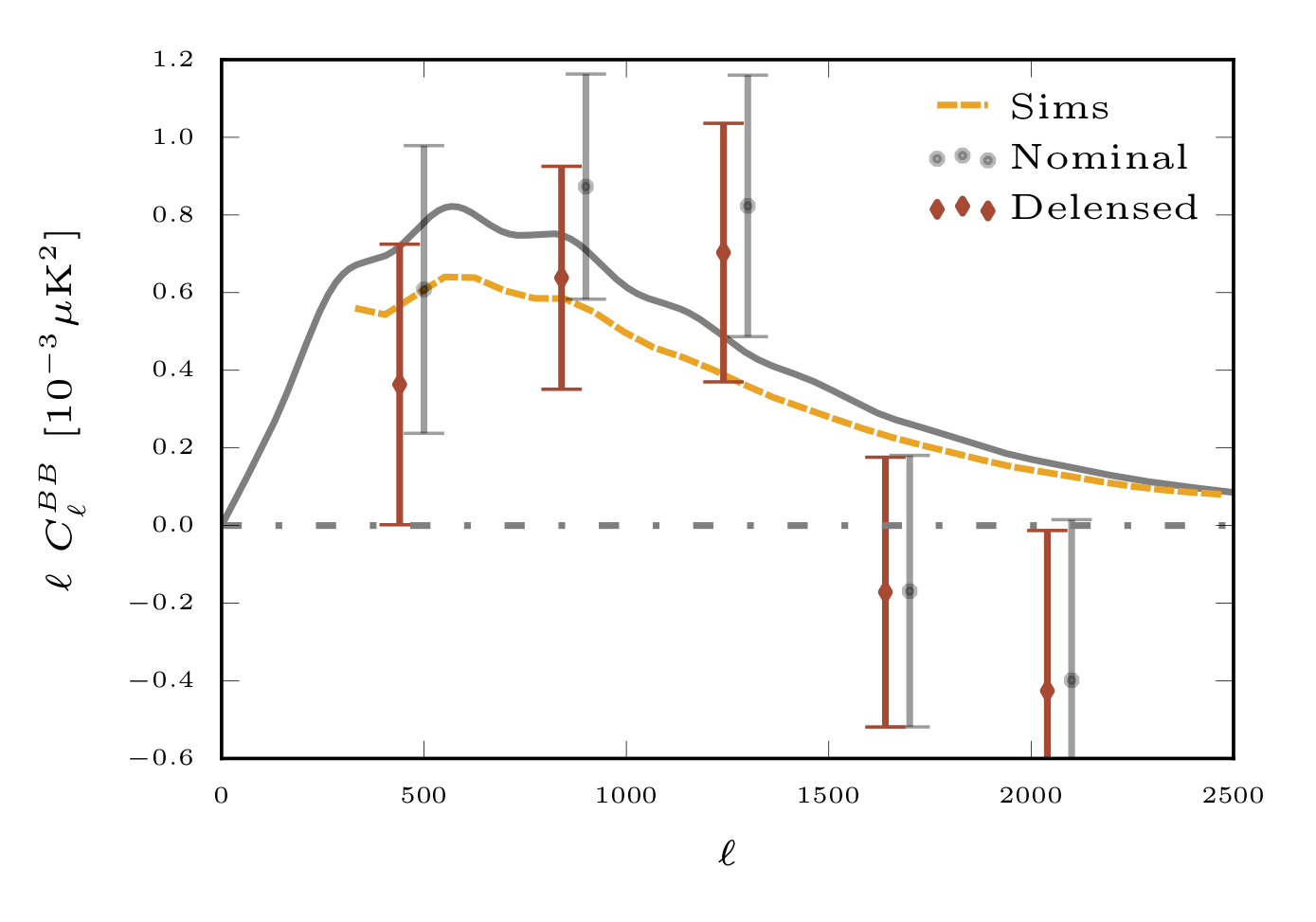
Search for primordial gravitational waves
An important focus on my work is to constrain $r$ through CMB B-mode measurements.
Inflation generically predicts a background of primordial gravitational waves,
which generate a primordial B-mode component in the polarization of the CMB.
The measurement of such a B-mode signature would
lend significant support to the paradigm of inflation. Observed B modes also
contain a component from the gravitational lensing of primordial E modes, which
can obscure the measurement of the primordial B modes. We reduce the sample
variance in the BB spectrum contributed from this lensing component by a process
called 'delensing.'
Delensing will be essential for future CMB experiment for constraining $r$.
References: SPTpol delensing,
CMB-S4 Science Book,
BICEP/Keck delensing,
CMB-S4 foreground cleaning
for r,
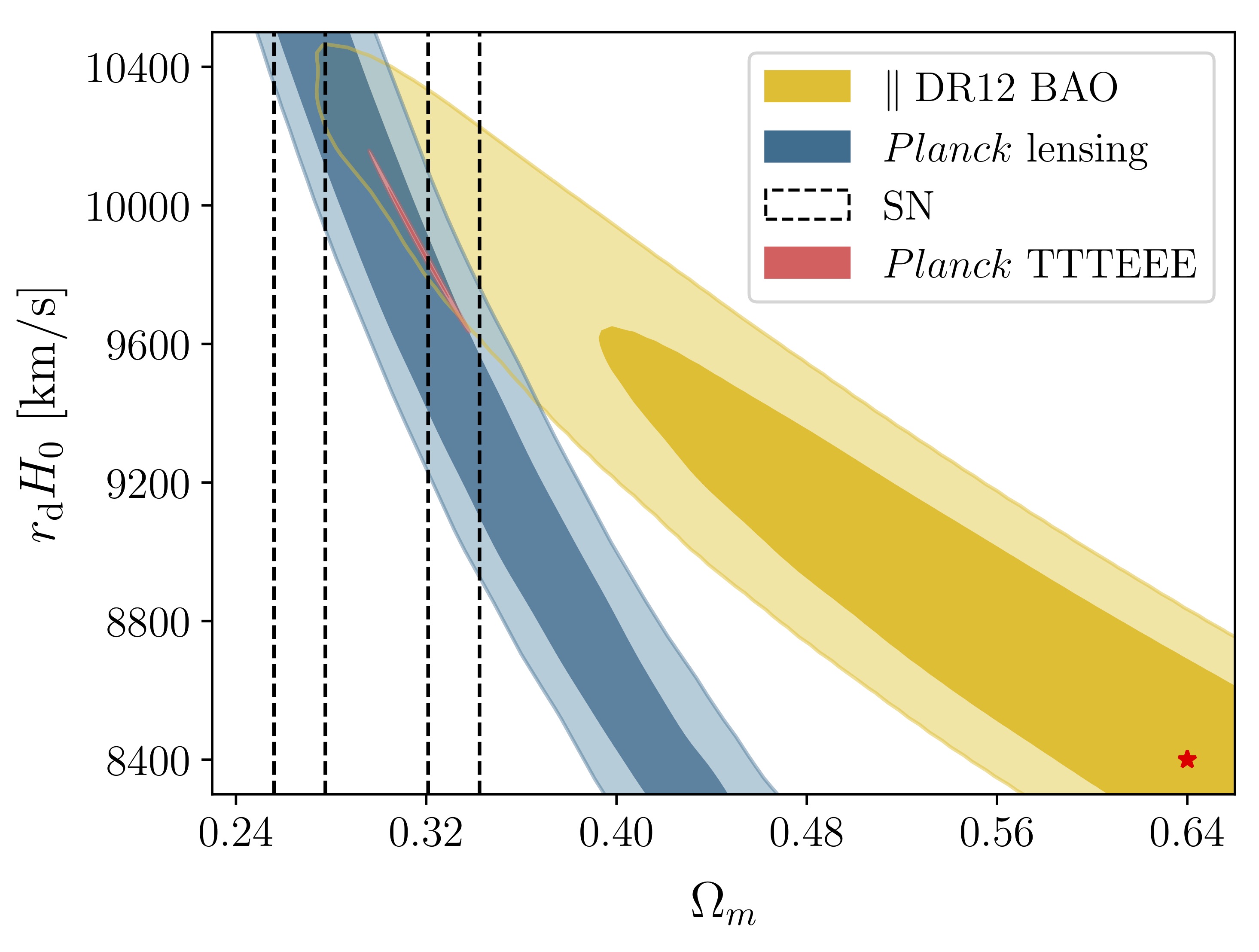
Tensions and consistency of $\Lambda$CDM
Now, in particular, is an interesting time to test $\Lambda$CDM: while there is
no definitive evidence for tension of cosmological parameters amongst existing
datasets, a level of $2-5 \sigma$ discordance in parameters like $H_0$, the
Hubble constant, and $\sigma_8$, matter fluctuations at 8 $h^{-1}$ Mpc,
are demonstrated both between different CMB experiments and between CMB and
optical survey data.
We can use data from SPT-3G to improve the measurements of the
$\Lambda$CDM parameters and constrain $\Lambda$CDM extension models, like
sum of neutrino mass, number of dark radiation species, and early dark energy.
References: BAO
and CMB lensing H0,
Sound
horizon determination.
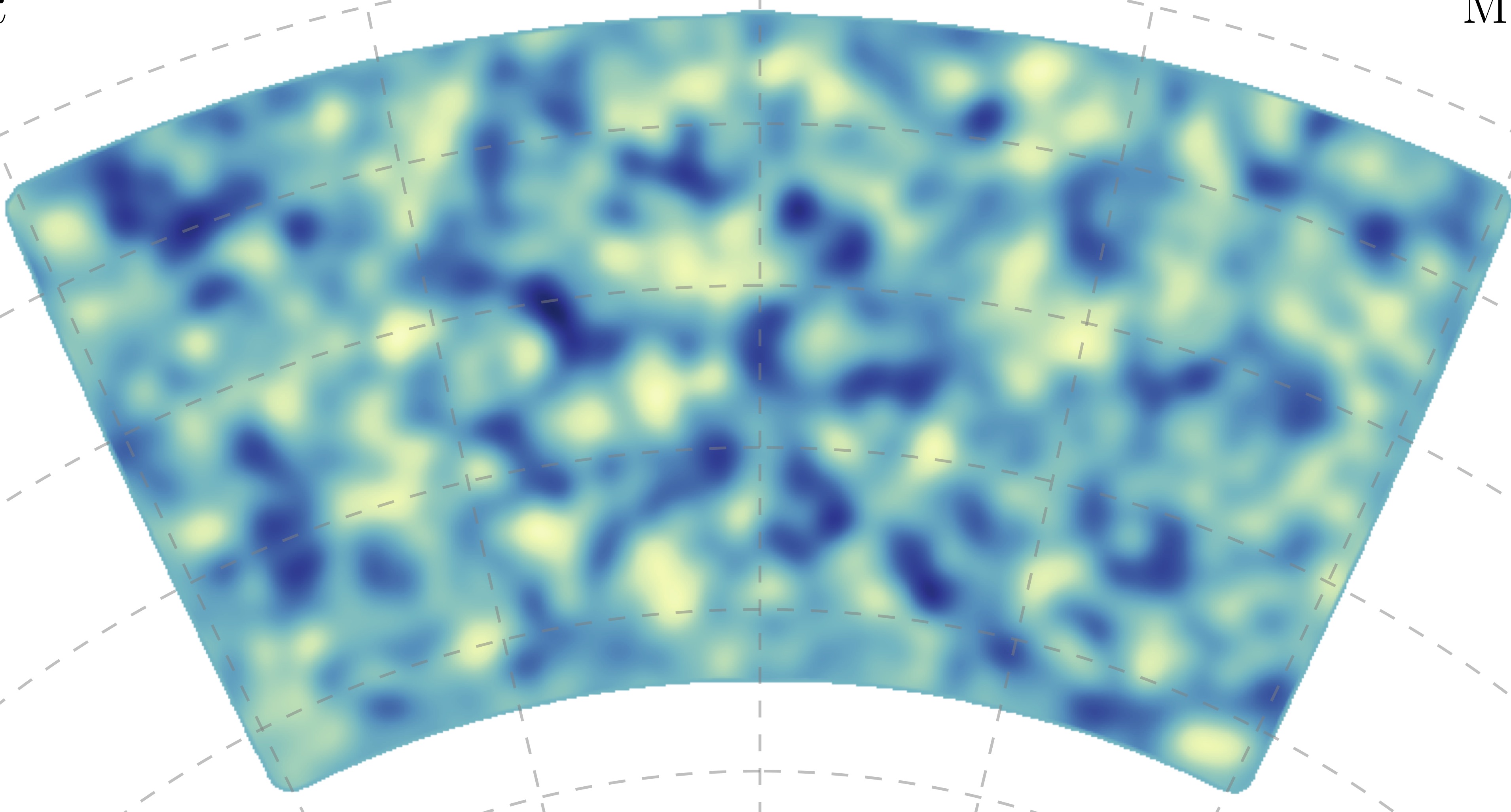
CMB Lensing, Reionization, and cross-correlations with other cosmological probes
CMB Lensing is a powerful probe for cosmology.
It is a measurement of the gravitational potential integrated along the line of sight.
The precise characterization of the lensing maps and their power spectra are crucial for
the 'delensing' mentioned above and for measuring the sum of neutrino masses.
These lensing maps can also be used to cross-correlate with other mass tracers
such as galaxy density from Rubin-LSST and the cosmic infrared background to guard against
potential systematics, and as alterante ways of stress-testing $\Lambda$CDM.
Similar estimators can be applied to study reionization, and in conjunction with
measurements from line intensity mapping experiments, we can probe the cosmic dawn.
References: SPTpol lensing,
SPTpol lensing cosmological
parameters,
SPT-3G lensing,
SPT-3G reionization kSZ,
SPT-3G optimal lensing and cosmological parameters,
SPT-3G wide survey overlap with external data sets.
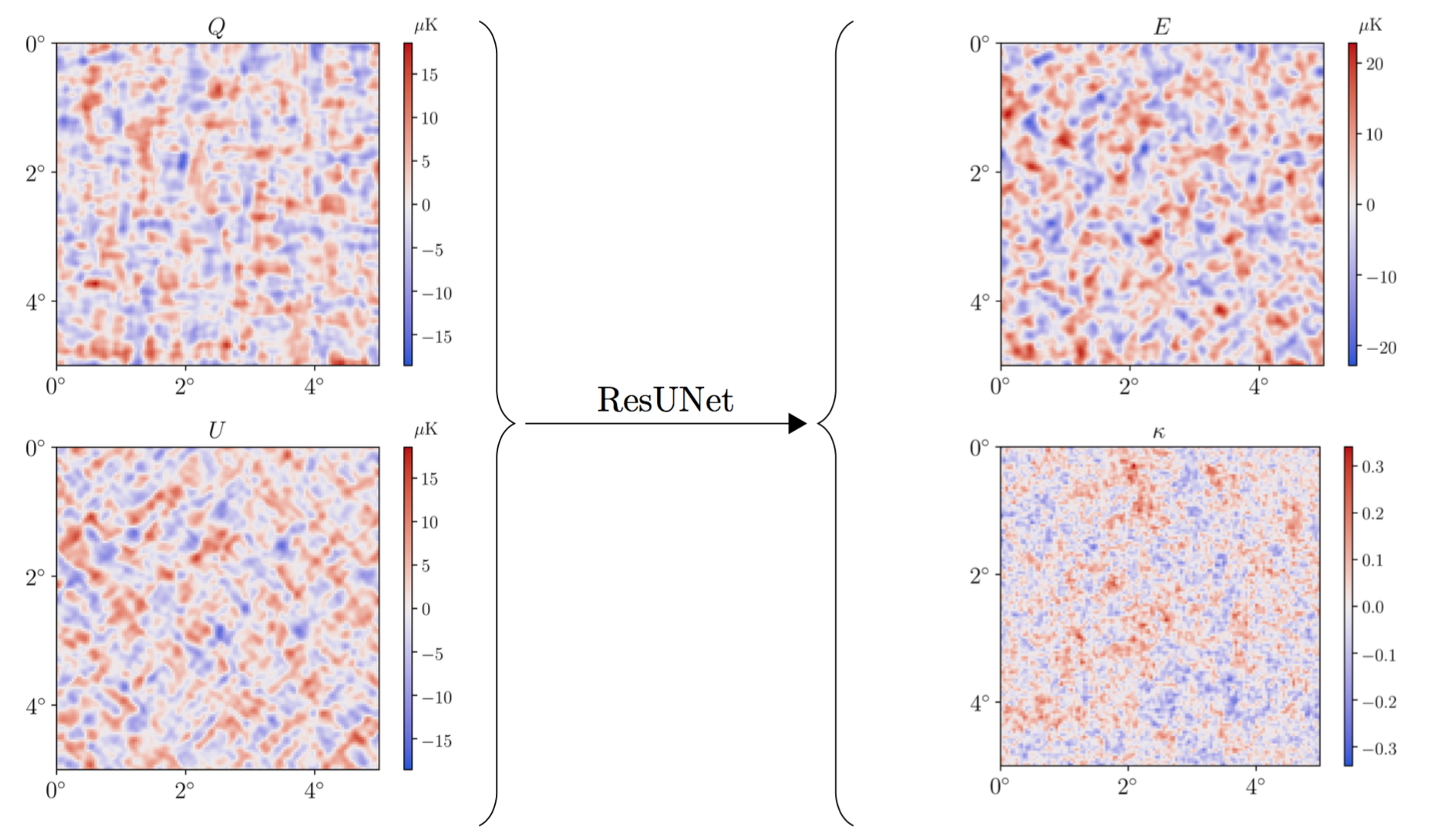
Efficient and optimal extraction of information with machine learning
A general theme in my data-focused projects is related to asking the question:
`how do we efficiently and optimally extract cosmological information from
the data?'
In this context, developing optimal estimators for specific analyses is a pathway
in answering that question.
Along this line of inquiry, I ask the question of what are aspects of cosmological analyses
that would benefit from alternate and (equally) optimal algorithms in the machine learning
framework.
On the flip side, given that the CMB is very well understood and modeled, we can leverage
our understanding to get better intuition of neural networks.
This is potentially a very powerful tool for the future of science.
References:
Using CNN for CMB lensing
and its accompanying blog post.
Collaborations and Telescopes
I am a part of the South Pole Telescope, BICEP/Keck Array, and CMB-S4 collaborations.
I pursue the science themes above in the context of these experiments.
References:
[7],
[8].
Publications
You can find a list of my publications at Google Scholar or arXiv or inSPIRE or orcid.org/0000-0001-5411-6920.
